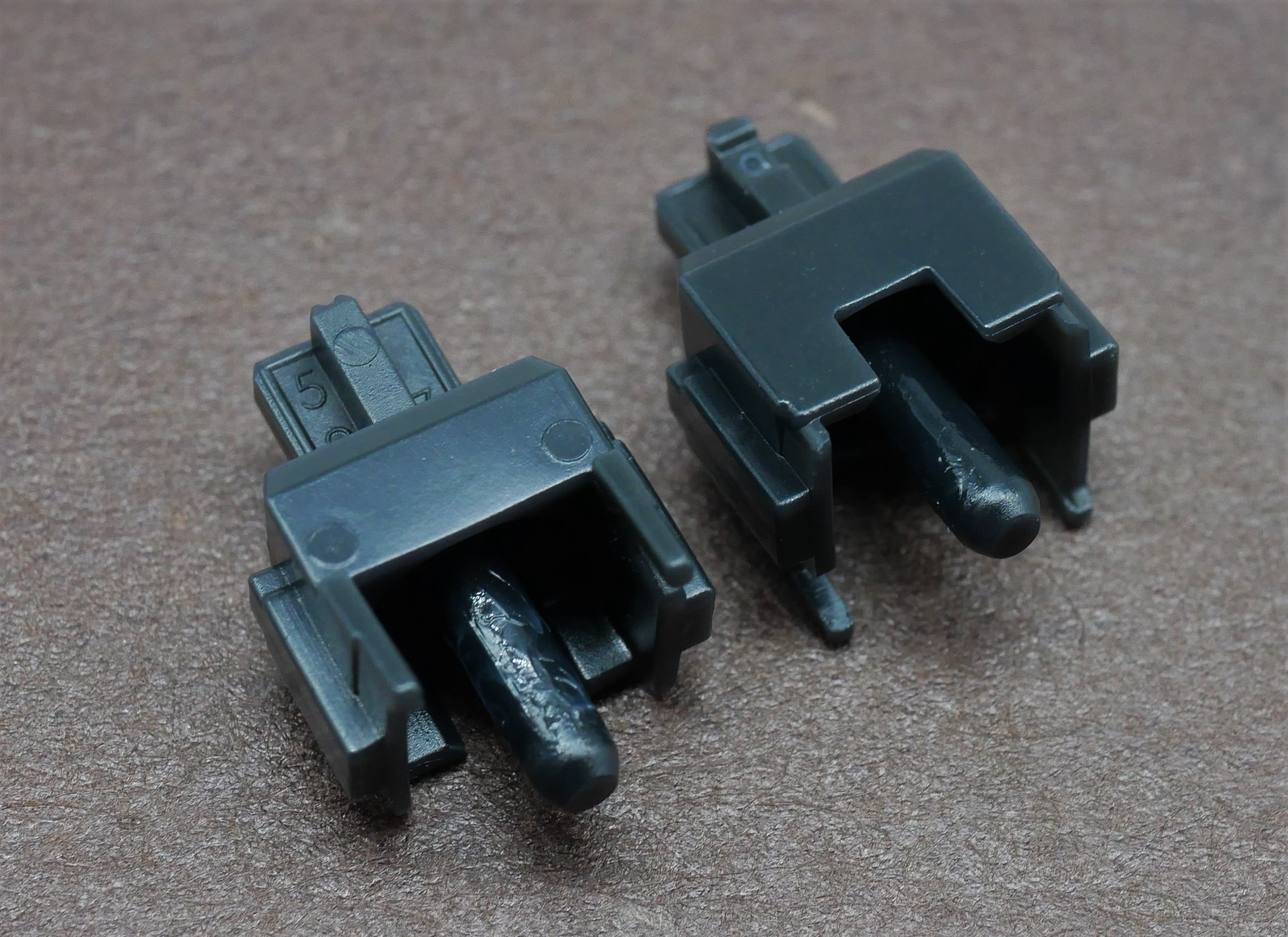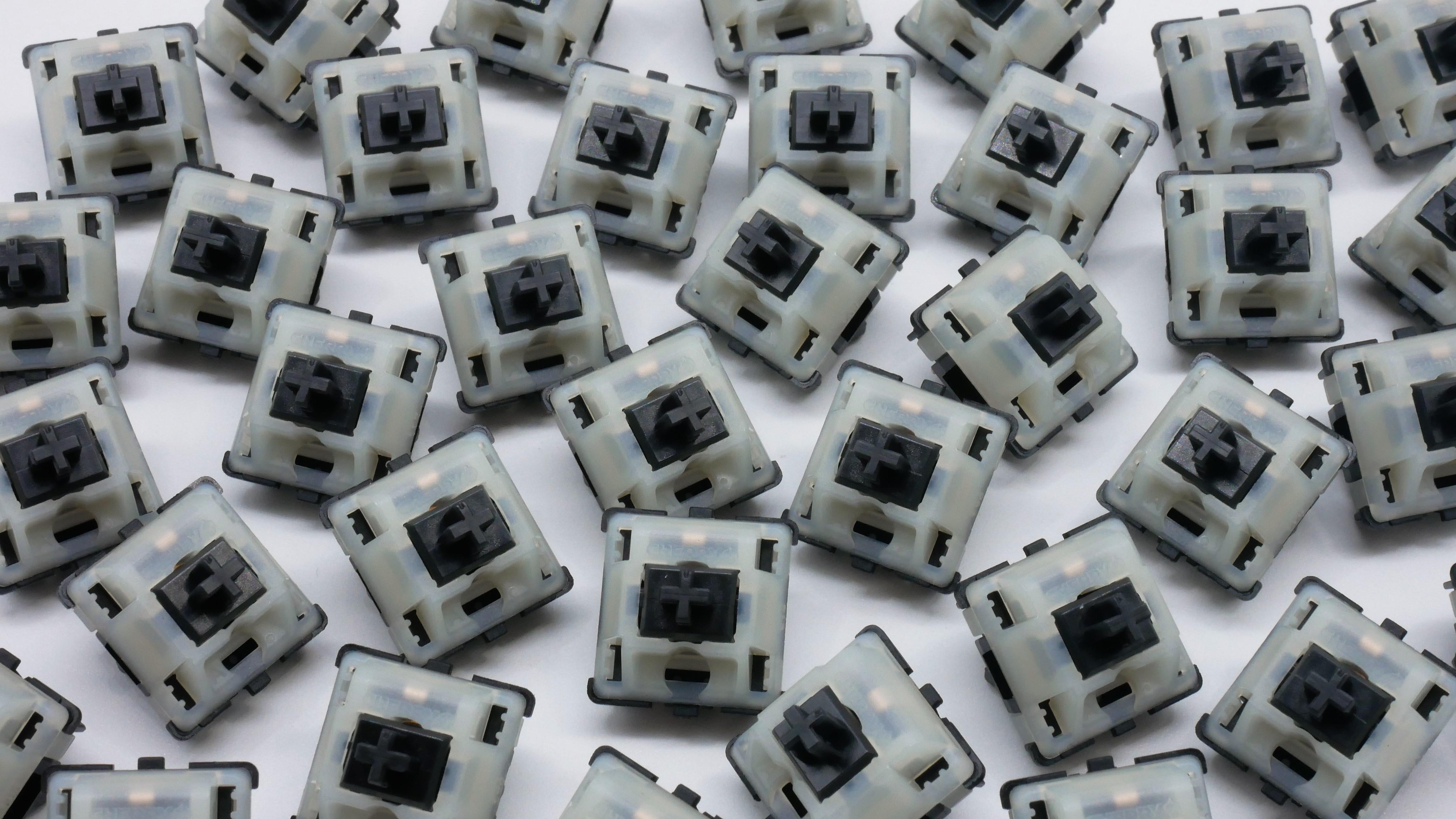Alright, let me tell you about my little adventure with these Cherry Nixie switches. I’ve been messing around with keyboards for a while now, always looking for that next thing, you know? I’d heard the name “Nixie” whispered around, like some kind of vintage legend from old Nixdorf keyboards. So, when Cherry announced they were doing a modern take, my ears perked up.
Getting My Hands on Them
First off, finding these things wasn’t like picking up a pack of gum. I had to do some searching. Finally found a spot that had them in stock. Ordered a pack – I think it was like 35 switches. Enough to get a feel for them on a smaller board or a macro pad, I figured. Waited for them to arrive, like a kid waiting for a new toy. When the package landed, I tore it open pretty quick.

They looked like… well, Cherry switches. No big surprise there. The housing was that classic Cherry black. The stem was a different color, though, that kind of milky white, which is part of their signature look. I was eager to get them into a board.
The Build Process & First Impressions
I had a hot-swap board ready, which made things easy. No soldering this time, thankfully. Just popped them in. The first thing I did was press a few, just loose, before putting keycaps on. They felt smooth. Definitely a linear switch. No click, no big bump. Cherry says they’re designed to last for ages, like 50 or even 100 million keystrokes. That’s some serious reliability, classic Cherry stuff.
Once I got all the switches in and put on some keycaps, I started typing. The feel was… interesting. It’s different from your standard Cherry MX Reds. People say Gateron switches are smoother and more natural, and they actuate a bit higher up. These Nixies, they felt pretty consistent, which is a big plus for Cherrys. They had a solid, smooth press all the way down. Not too heavy, not too light. Kind of a medium weight, if I had to describe it. They were supposed to keep that “classic characteristic” of the original Nixies. I’ve never tried originals, so I can’t say for sure, but these felt pretty decent.
Living with the Nixies
So, I used them for a good while. Daily typing, a bit of gaming. They were pretty comfortable. The sound was okay too, a nice thocky sound depending on the board and keycaps. But, and there’s always a ‘but’, isn’t there?
I started to notice a little bit of wobble in the housings. It wasn’t terrible, not a deal-breaker for me, but it was there. If you’re really sensitive to that stuff, you’d pick up on it. I read online that some folks use switch films on them to tighten things up. Apparently, they “benefit from using films.” I haven’t gone down that rabbit hole with these yet. Sometimes I just want to build it and use it, not spend hours modding every little thing. But it’s good to know the option is there if the wobble ever really starts to bug me.

Compared to some other switches I’ve tried, they hold their own. They’re smoother than stock Cherry Reds I’ve used in the past, for sure. But are they the smoothest linear out there? Probably not. But they have that Cherry reliability and a bit of a unique feel to them. It’s like, you know it’s a Cherry, but a bit more refined, maybe?
- What I did: Searched for them online.
- Then: Bought a pack.
- Next: Installed them into a hot-swap keyboard.
- After that: Typed on them extensively for a few weeks.
- Noticed: A slight housing wobble, but overall a smooth, consistent linear feel.
So yeah, that’s been my experience with the Cherry Nixies. They’re a solid switch, especially if you like that classic Cherry feel but want something a bit smoother and with a bit of history behind the name. They’re not perfect, that little bit of wobble is a thing, but for a modern take on a classic, they’re pretty cool. I’m still using them on one of my boards, and I’m pretty happy with how they feel for everyday typing. It was a fun little project to try them out!